#1 The Bulldog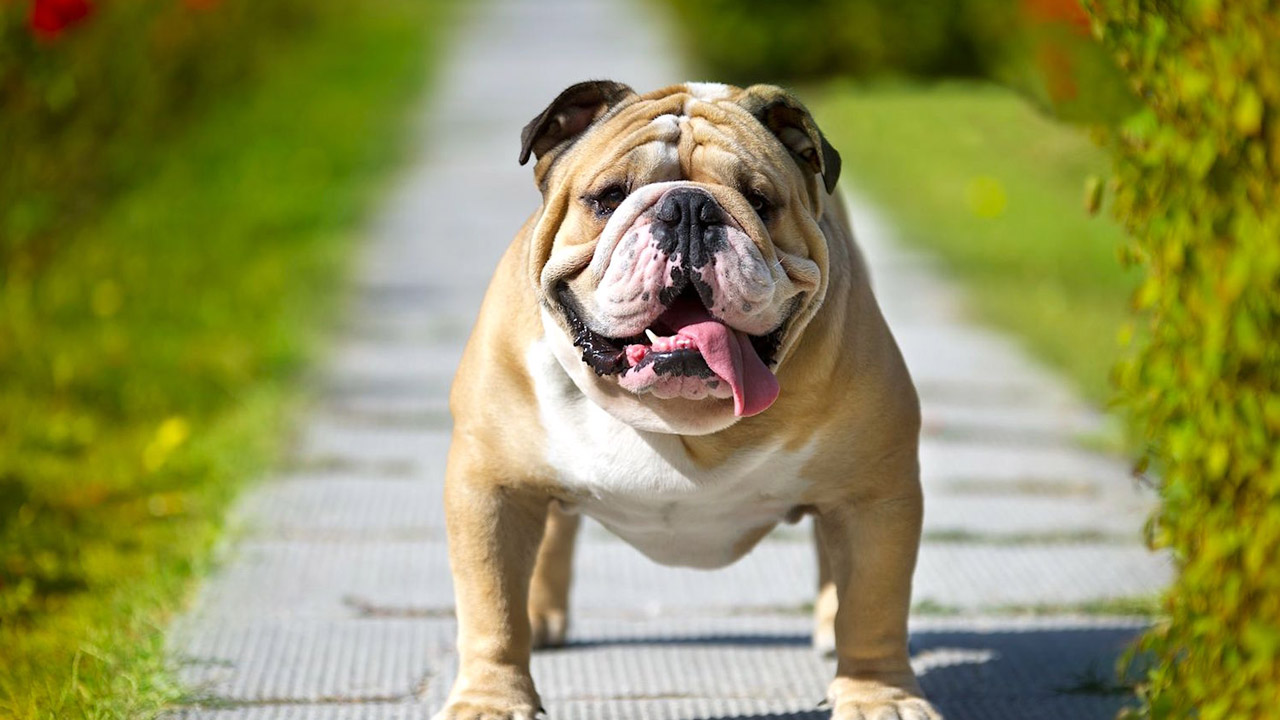 When the Bulldog was first bred in 1835, they were used for bull baiting. Over the years, intensive breeding was performed. As a result, multiple ailments have become common with this breed. This breeding also changed the Bulldog’s appearance quite a bit. One hundred years ago, the Bulldog had a might tighter face and a much stiffer stance. Today, the Bulldog has a more wrinkled and droopy face. Also, today’s Bulldog looks more relaxed. The Bulldog is one of the most popular dog breeds before and after 100 years of breeding and he makes an excellent family dog today.
When the Bulldog was first bred in 1835, they were used for bull baiting. Over the years, intensive breeding was performed. As a result, multiple ailments have become common with this breed. This breeding also changed the Bulldog’s appearance quite a bit. One hundred years ago, the Bulldog had a might tighter face and a much stiffer stance. Today, the Bulldog has a more wrinkled and droopy face. Also, today’s Bulldog looks more relaxed. The Bulldog is one of the most popular dog breeds before and after 100 years of breeding and he makes an excellent family dog today.
#2 The Bull Terrier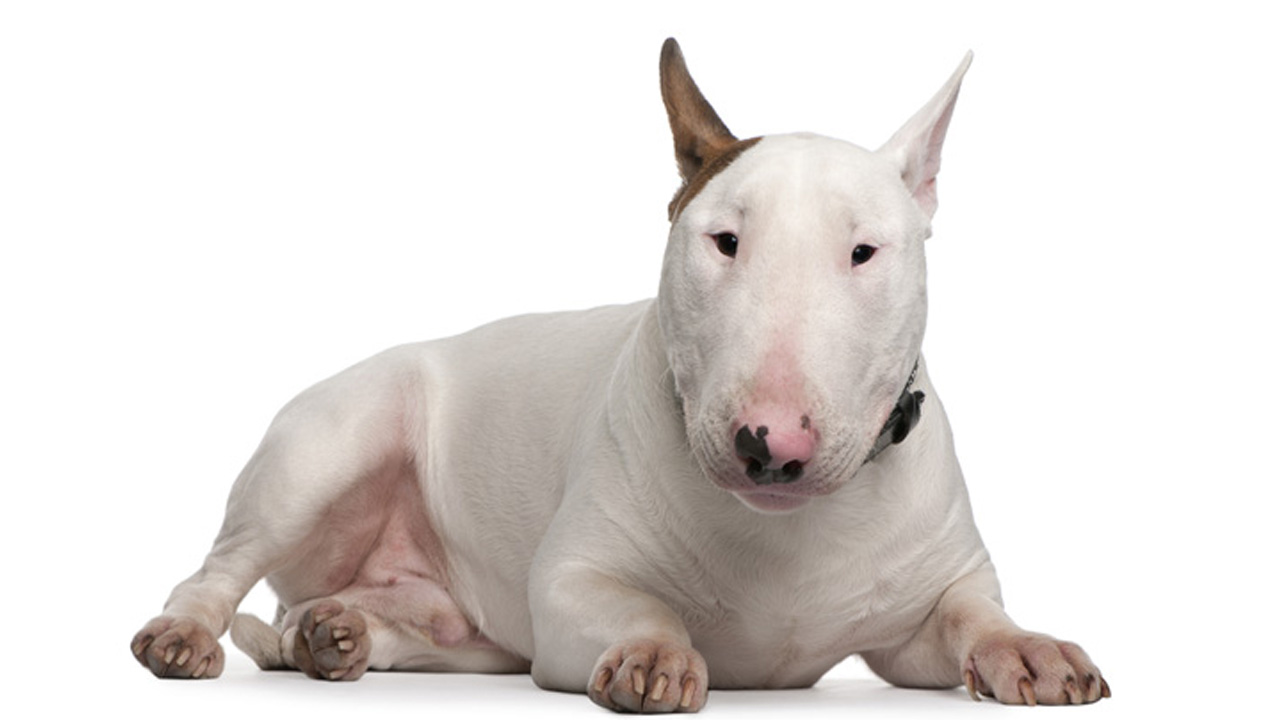 The original Bull Terrier from 100 years ago was a stocky fighting breed. Over the years, this dog was bred between the Bulldog and the English terrier. As a result, the dog had a body shaped like a thin loop and he had a curved nose. Over the years, breeding of the Bull Terrier changed his appearance even more. Today, he has a much thicker abdomen and his skull has changed greatly. He has a much shorter face today with a larger jaw. His body is also much shorter and much stockier. Unfortunately, today’s Bull Terrier has a bad reputation of being vicious and violent. In reality, these dogs aren’t born mean. They are trained to be mean. The Bull Terrier that we know today looks very different than the Bull Terrier 100 years ago.
The original Bull Terrier from 100 years ago was a stocky fighting breed. Over the years, this dog was bred between the Bulldog and the English terrier. As a result, the dog had a body shaped like a thin loop and he had a curved nose. Over the years, breeding of the Bull Terrier changed his appearance even more. Today, he has a much thicker abdomen and his skull has changed greatly. He has a much shorter face today with a larger jaw. His body is also much shorter and much stockier. Unfortunately, today’s Bull Terrier has a bad reputation of being vicious and violent. In reality, these dogs aren’t born mean. They are trained to be mean. The Bull Terrier that we know today looks very different than the Bull Terrier 100 years ago.
#3 The Dachshund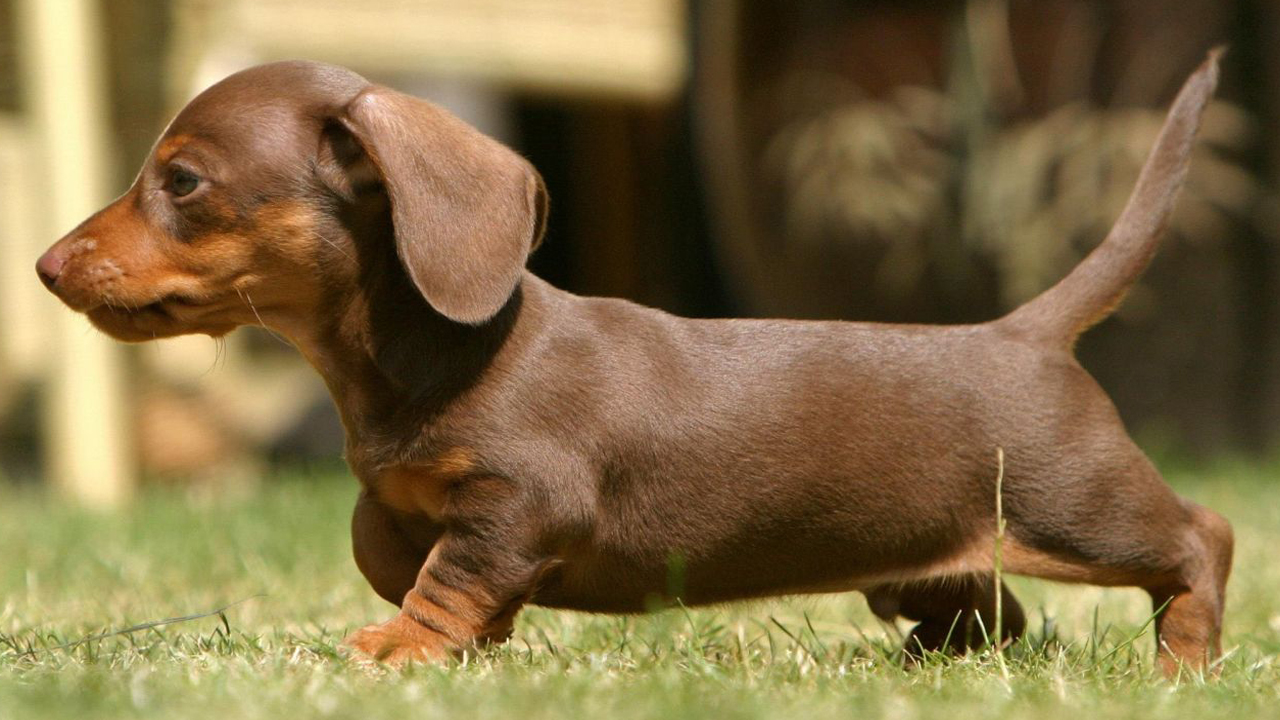 The very first Dachshund was first seen close to 400 years ago in Germany. Back then, the dog had long legs and a neck that was proportioned to his body. He did, however, still have a long body. Over the years, due to extensive breeding, the Dachshund’s legs got shorter and shorter. Today, this dog’s legs are so short that it can make it difficult for the dog to climb stairs. The Dachshund’s neck has also gotten shorter. Today, it looks as though his neck and his body are all one. Sadly, all of this breeding has had a negative effect on him. The Dachshund now has a high risk of developing intervertebral disc disease, which is very serious. Over time, it can result in paralysis.
The very first Dachshund was first seen close to 400 years ago in Germany. Back then, the dog had long legs and a neck that was proportioned to his body. He did, however, still have a long body. Over the years, due to extensive breeding, the Dachshund’s legs got shorter and shorter. Today, this dog’s legs are so short that it can make it difficult for the dog to climb stairs. The Dachshund’s neck has also gotten shorter. Today, it looks as though his neck and his body are all one. Sadly, all of this breeding has had a negative effect on him. The Dachshund now has a high risk of developing intervertebral disc disease, which is very serious. Over time, it can result in paralysis.
#4 The German Shepherd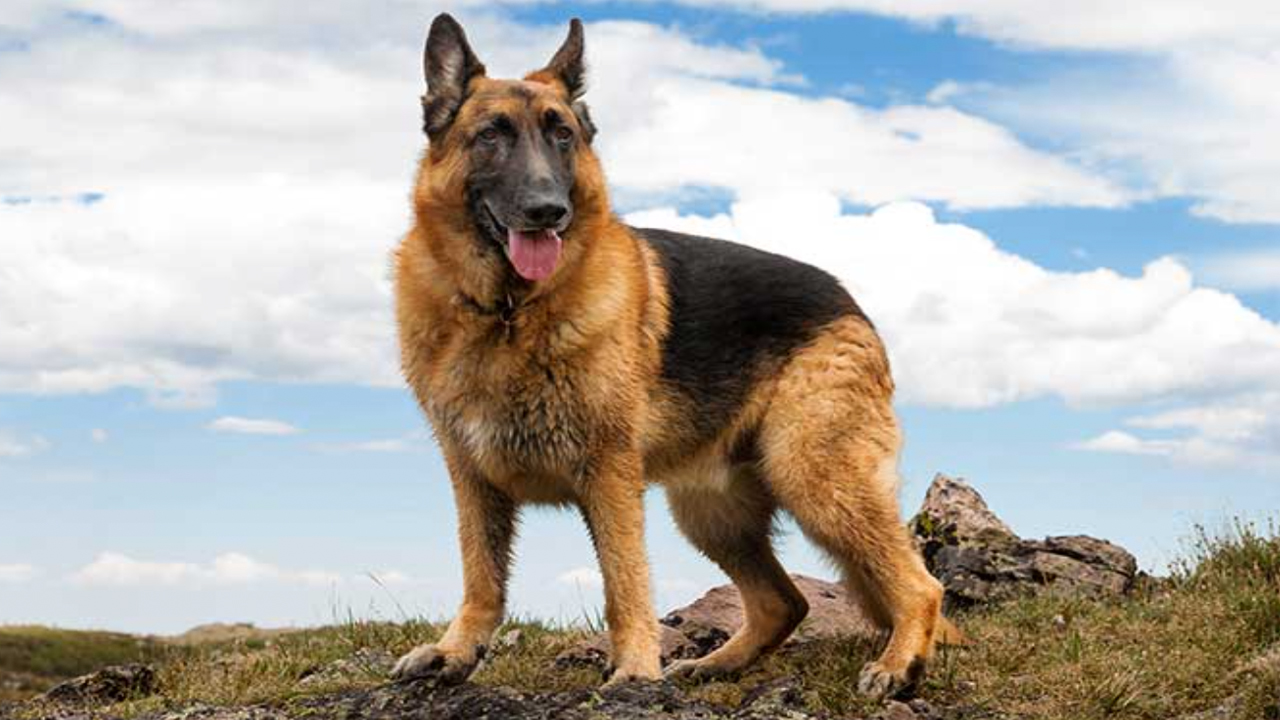 Back in 1850, before people started breeding the German Shepherd, he was a very active, athletic dog. He had a sharper stance and a relatively thin abdomen. The German Shepherd you know today is much larger than he was 100 years ago. Also, his fur is thicker and longer than it once was. Today’s German Shepherd has a wider check, which puts him at risk of developing hip dysplasia, which is a common yet painful condition in certain breeds.
Back in 1850, before people started breeding the German Shepherd, he was a very active, athletic dog. He had a sharper stance and a relatively thin abdomen. The German Shepherd you know today is much larger than he was 100 years ago. Also, his fur is thicker and longer than it once was. Today’s German Shepherd has a wider check, which puts him at risk of developing hip dysplasia, which is a common yet painful condition in certain breeds.
#5 The Deutscher Boxer The Deutscher Boxer 100 years ago looks nothing at all like the dog that we know today. Today’s box has a much leaner body frame than he once did. His face is also much shorter than it was 100 years ago and his muzzle is upturned slightly. Unfortunately, this breeding didn’t change the big problem that the Deutscher Boxer went through 100 years ago. He still has trouble maintaining his body temperature when the weather is hot.
The Deutscher Boxer 100 years ago looks nothing at all like the dog that we know today. Today’s box has a much leaner body frame than he once did. His face is also much shorter than it was 100 years ago and his muzzle is upturned slightly. Unfortunately, this breeding didn’t change the big problem that the Deutscher Boxer went through 100 years ago. He still has trouble maintaining his body temperature when the weather is hot.
#6 The Doberman Pinscher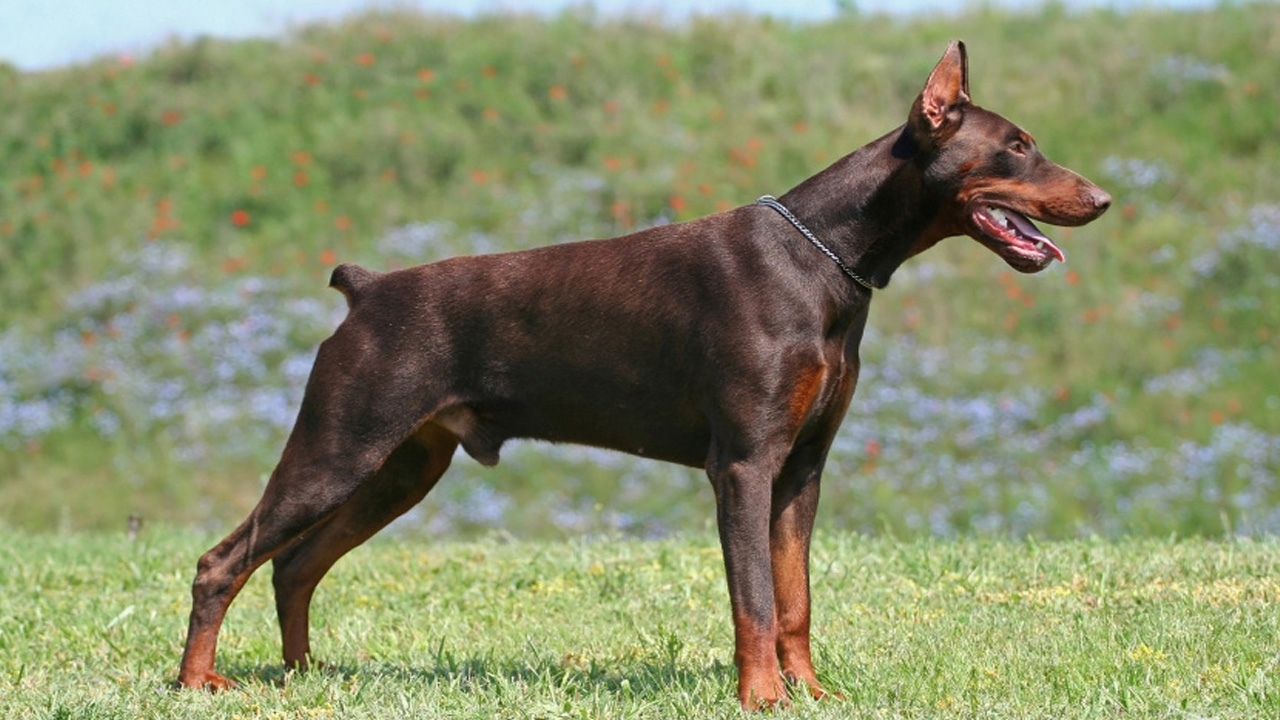 The Doberman Pinscher 100 years ago was much more aggressive than he is today. It was also one of the largest dogs back then, with forelegs that were slightly larger than the front legs. Today, the Doberman Pinscher is smaller than he once was. His head has also become more smooth. Finally, today’s Doberman Pinscher is more peaceful, loving, and obedient than he was 100 years ago.
The Doberman Pinscher 100 years ago was much more aggressive than he is today. It was also one of the largest dogs back then, with forelegs that were slightly larger than the front legs. Today, the Doberman Pinscher is smaller than he once was. His head has also become more smooth. Finally, today’s Doberman Pinscher is more peaceful, loving, and obedient than he was 100 years ago.
#7 Irish Setters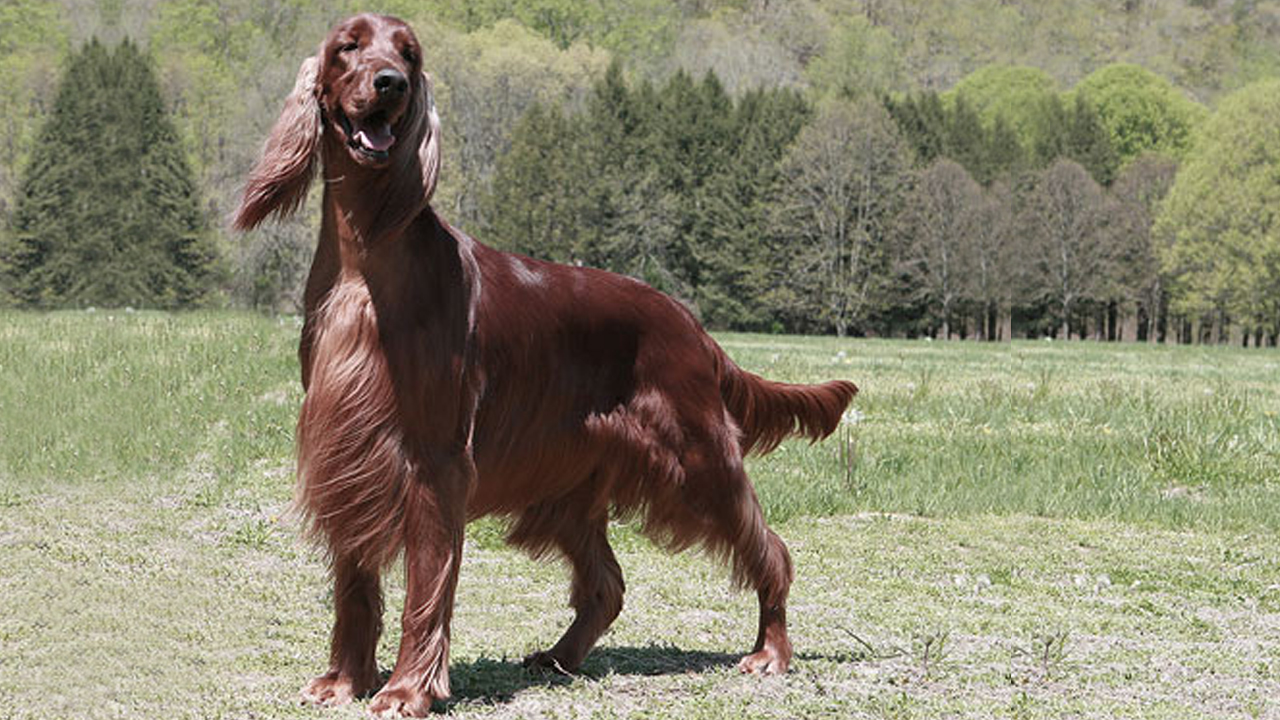 The Irish Setter today doesn’t look too much different than the Irish Setter from 100 years ago. Today, he is a bit thinner and his fur is longer and thicker. The main difference between the Irish Setter today and the Irish Setter 100 years ago is the problems that the breeding has caused. Today’s breed is especially prone to physical problems and mental problems, which were not issues 100 years ago.
The Irish Setter today doesn’t look too much different than the Irish Setter from 100 years ago. Today, he is a bit thinner and his fur is longer and thicker. The main difference between the Irish Setter today and the Irish Setter 100 years ago is the problems that the breeding has caused. Today’s breed is especially prone to physical problems and mental problems, which were not issues 100 years ago.
#8 The Rottweiler The Rottweiler 100 years ago was all black in color. Some dogs had white around their feet and some had a small white mark on their chest. This dog also had a docked tail 100 years ago. Today’s dog has a much longer tail. Also, he is no longer all black. He has reddish brown spots under his cheeks, under his eyes, on his face, and on his legs. Today, this breed is much more aggressive than he was 100 years ago and he can be more difficult to train than his counterpart 100years ago. He is also more prone to developing hip dysplasia.
The Rottweiler 100 years ago was all black in color. Some dogs had white around their feet and some had a small white mark on their chest. This dog also had a docked tail 100 years ago. Today’s dog has a much longer tail. Also, he is no longer all black. He has reddish brown spots under his cheeks, under his eyes, on his face, and on his legs. Today, this breed is much more aggressive than he was 100 years ago and he can be more difficult to train than his counterpart 100years ago. He is also more prone to developing hip dysplasia.


